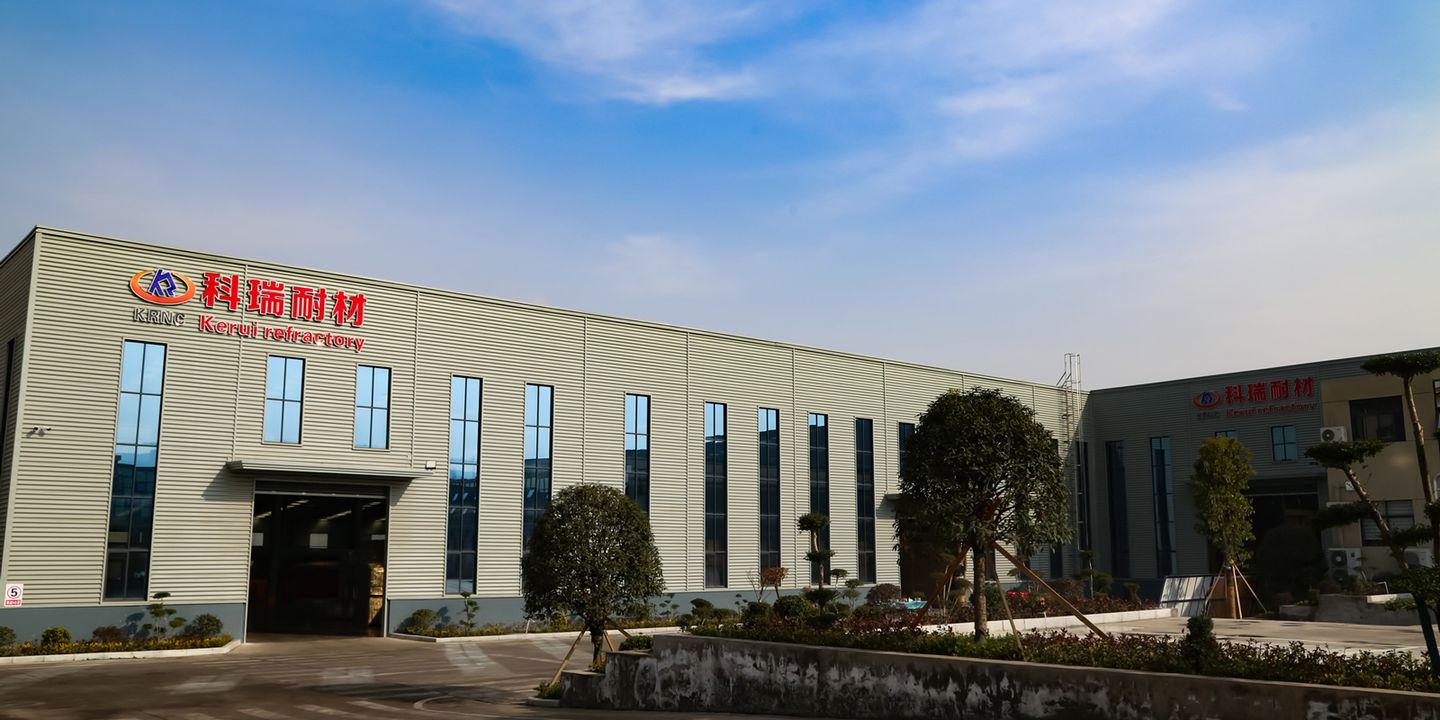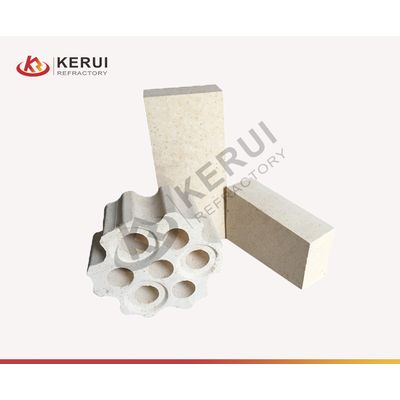


Industrial Performance with High-Temperature Refractory Bricks
In the world of high temperature industrial applications, the role of refractories cannot be underestimated. Of these, high temperature refractory bricks stand out as the cornerstone of efficient and reliable operation in various fields. In this article, we will discuss the importance of high temperature refractory bricks, their various applications, and the key factors to consider when selecting the right high temp refractory bricks for your specific needs.
Understanding High Temperature Refractory Bricks
High Temperature Refractory Bricks are special building blocks designed to withstand extreme temperatures, thermal shock, and corrosive environments. These bricks are made from materials such as alumina, silica, zirconia, magnesia, and chromium, which have been selected for their exceptional heat resistance and durability. They are designed to line furnaces, furnaces, incinerators, and other high-temperature equipment, protecting structural integrity and increasing energy efficiency.
Application
- Steel industry: High temperature refractory bricks play an important role in steel production, lining of blast furnaces and converters. They withstand the intense heat required for casting and ensure consistent quality production.
- Cement Industry: Cement kilns operate at extremely high temperatures, making refractory bricks essential for maintaining kiln integrity and extending service life.
- Glass Industry: Glass melting furnaces require materials that can withstand high temperatures and chemical reactions. Refractory bricks create a stable environment for glass production.
- Petrochemical Industry: Refineries and petrochemical plants use high-temperature refractory bricks in cracking units, reactors, and reformers, where extreme heat and corrosive gases prevail.
Key Points for Selection
Material Composition: Choose bricks with the proper material composition based on the specific temperature and environment of your use. Alumina-based bricks are ideal for general high-temperature use, while zirconia-based bricks excel in harsh chemical environments.
Thermal conductivity: Low thermal conductivity reduces heat loss and improves energy efficiency. This is important in applications where temperature stability is critical.
Thermal Shock Resistance: Bricks that can withstand rapid temperature changes without cracking ensure longevity and reliability, especially in cyclical heating and cooling processes.
Corrosion Resistance: For applications involving chemical reactions, ensure that the bricks can withstand acidic or alkaline environments without corrosion.
Dimensional Accuracy: Accurate dimensions are essential for proper brick installation and optimum performance. Ill-fit bricks can cause cracks, affecting heat control.
In the field of high-temperature industrial processes, the importance of high-temperature refractory bricks cannot be underestimated. These remarkable building blocks provide the stability, durability, and heat resistance needed to maintain operation in the most extreme conditions. From steel and cement to glass and petrochemicals, high-temperatue refractory bricks are the unsung heroes ensuring our world keeps changing.
When considering use of refractory bricks, remember to consider factors such as material composition, thermal conductivity, thermal shock resistance, corrosion resistance, and dimensional accuracy. By choosing the correct bricks for your specific application, you are investing not only in improved performance but also in the longevity of your industrial processes.




